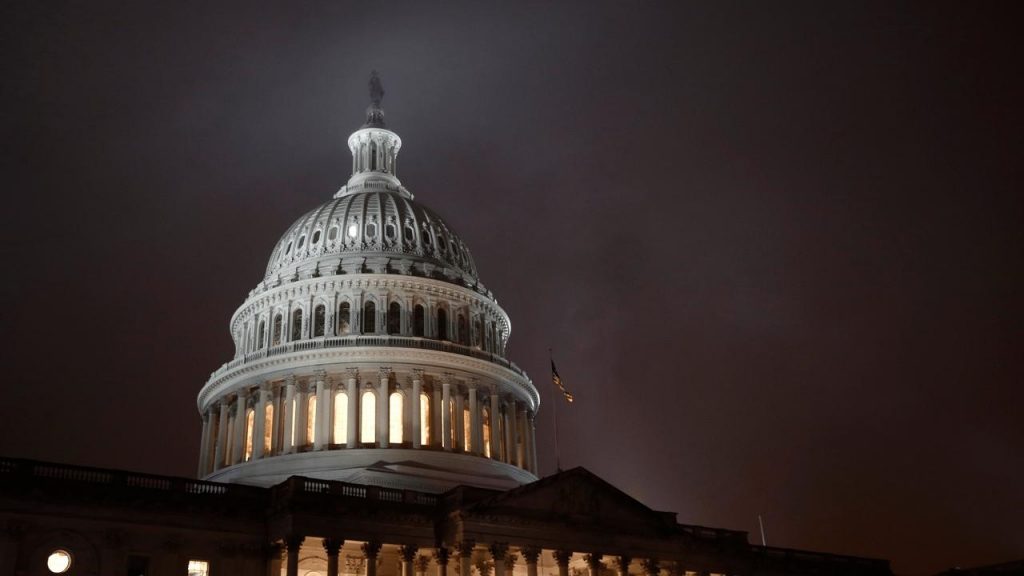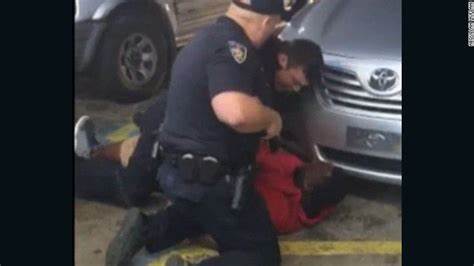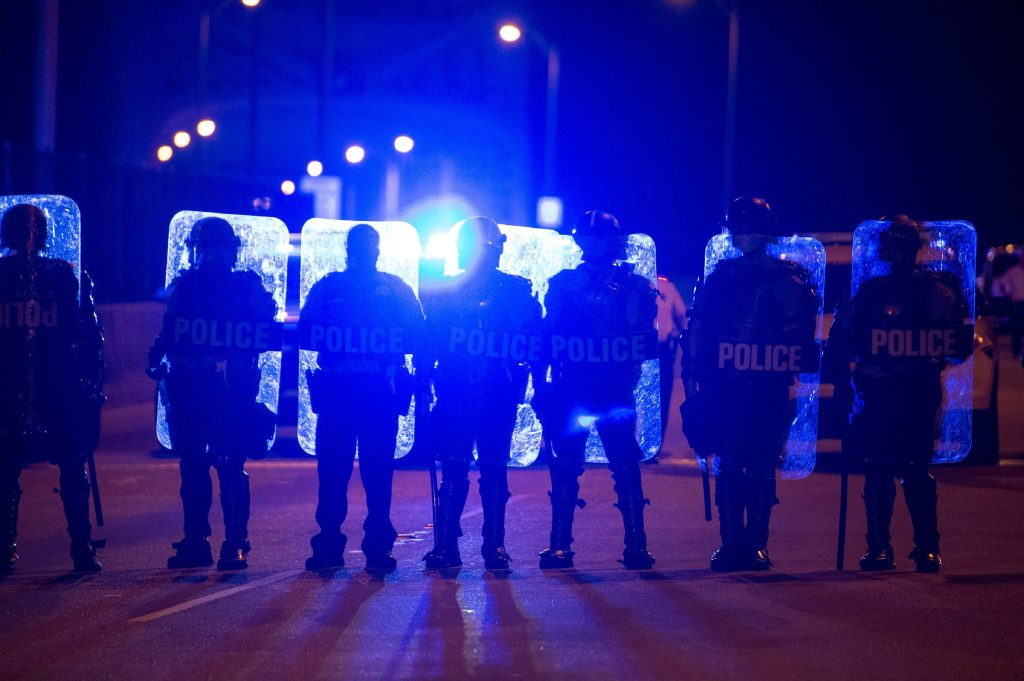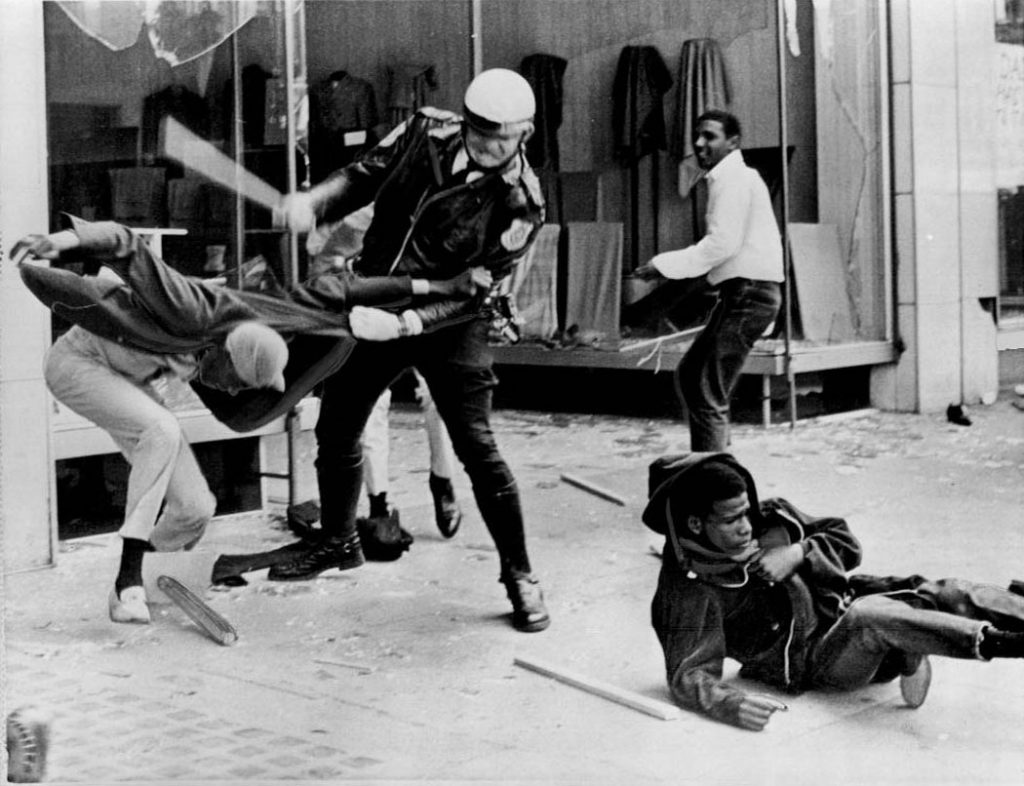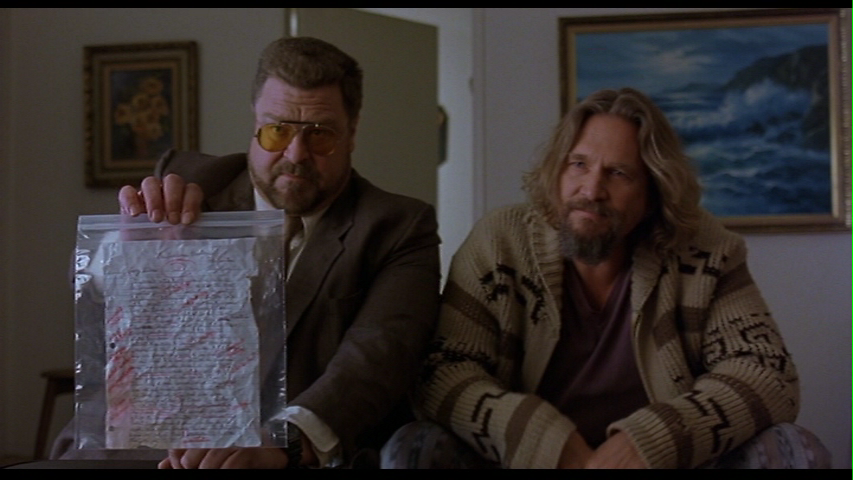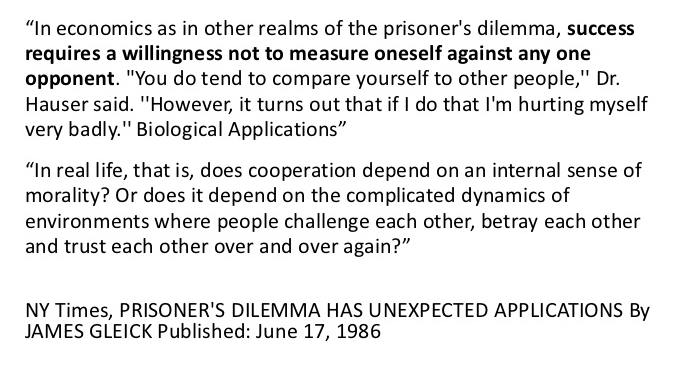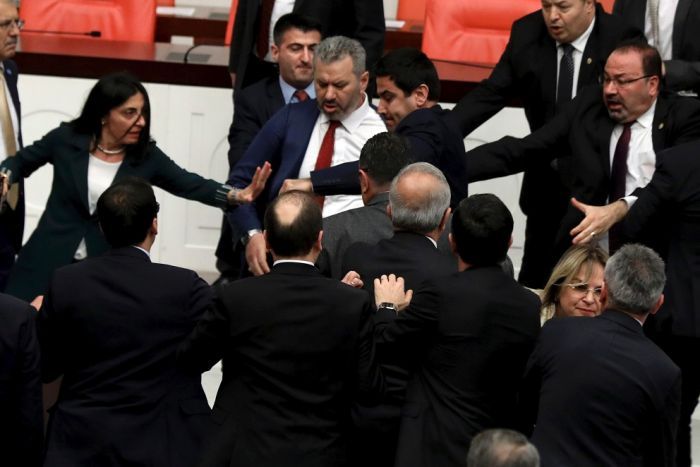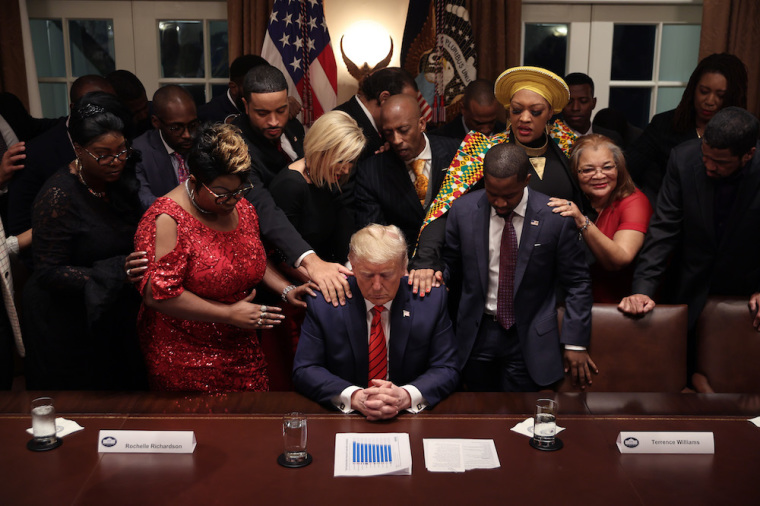Nogalez, Arizona:
We quit for two days, just to prove we could do it. Or maybe we didn’t have a choice. It doesn’t matter. What matters is we kept off of it for five more days, so we’re clear.
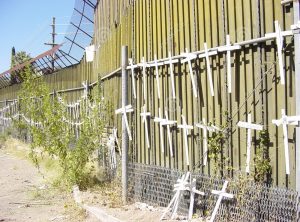
Yes, I’m making an analogy to addiction that relates to this column, but look, it’s important. Because of the slaughter in Orlando, we’ve had a seven-day reprieve from Trump’s rantings about a wall. First two days, we quit hearing by accident. The following five mercifully silent days have offered an opportunity to you and to me to consider (free of flaming rhetoric) the issue of illegal immigration to the United States of America. I don’t know how to lead into this, so I’ll end the bull-crap analogies and get to the point. My interview this week involves two sheriffs. One you [do] know and one you should know.

The first is Sheriff Joe Arpaio, the most well-known [law enforcement official] in this country. Yeah, yeah, the sheriff in Arizona, the guy that detains more Mexicans than any other, makes his inmates wear pink in the Yard, is reviled by mainstream media and is constantly being sued by the ACLU.
Yes, him.
The second is Sheriff Tony Estrada, who lives and works just a few Arizona counties down from Arpaio.

He is the sheriff, in fact, of the southernmost county in the U.S. that shares a border with Mexico. More than any in the country, this is the man that stands on the frontline of the battle (if that’s what it is) over illegal immigration. All of the facts, innuendo, or suggestions I place in this column are based on (and informed by) Sheriff Estrada.
In Nogalez, there are approximately 40,000 residents. Just across the border in Nogalez, Mexico, there are considerably more. Prior to 1994, there were around 70 border agents in the entirety of Santa Cruz County, AZ (where Nogalez is located). When I say there are “considerably more” residents on the Mexican side, I mean ten times more. As in 400,000.
Before we get too far into this interview, let’s go back to 1995 for just a sec. Back then, a member of the Clinton administration recommended the building of a barrier to keep out undesirables. This resulted in an unpredicted reaction: the construction of at least 114 known tunnels underneath said wall. Also, violent crime, especially against women, increased exponentially due of the need among descent potential immigrants to gain professional (read: “criminal”) help getting across the border. Sheriff Estrada put it very bluntly: “Mexico, our friendly neighbor, contains a population that will find a way in. Wall or no wall. The fallout is our fault.”
At this point in the interview, I brought up a question my 8-year-old daughter asked when she overheard me playing back my interview with Sheriff Estrada, while I was taking notes. She heard my questions to Tony Estrada about the “Wall,” and asked, “Daddy, I thought we took down that wall.” Hehe, “That Wall.” I was understandably proud of an 8 year-old knowing about the Berlin Wall, “The Wall” of my childhood. Obviously, I explained the difference to her because it does matter. Fortunately, I thought to ask about the difference during my interview with Sheriff Estrada prior to my daughter’s questions. Incidentally, after a discussion with my daughter about the history of the Berlin Wall, I began to explain the motivation for and purpose of what we’ll call Trump’s Wall. I won’t bore you with the efforts of a parent with a deep background in political study attempting to discuss immigration policy with a wide-eyed 8-year-old, but the experience informed my examination of Sheriff Estrada’s thoughts on the matter.
Sheriff Estrada pointed out that the current wall plays a very small part in border security. Border agents, and their surveillance, are the primary deterrents to illegal immigration. In fact, contrasting the palsy 70 agents in ’95, there are currently 1,000 agents on the border in Santa Cruz County alone. Why so many? And why is a wall not the answer? I pointed out to Estrada that one of the most secure borders in the world is the border between Mexico and Honduras. Obviously, the radically poor Hondurans are still able to find a way into Mexico, Estrada pointed out.
Then, he took to the pulpit.
Sheriff Estrada preached a sermon to me about suffering, addiction, kidnapping, rape, murder, extortion, families torn apart and about unification. In this industry, it’s best not to become emotionally involved with your subject. At this point, however, I admit this was difficult. Thus, I I turned to numbers and facts (for better or for worse; we’ll get back to the emotional stuff). After questioning him, Estrada said the primary reason to support a porous border is the importance of free trade and [that] this benefits the U.S. even more than Mexico. Also, the more we try to lock down the border, the more it costs, and let’s just say Mexico ain’t the one paying for it. To bring it a little closer to home, says Estrada, Santa Cruz County is footing quite a bit of the bill. And this bill involves capturing and processing much more than Mexican migrants. Cubans, Hondurans, Venezuelans and, a surprising statistic: almost 30% of migrants coming in illegally are from Asian or Middle Eastern countries.
But none of this is the problem according to Tony Estrada.
Drugs. In the 1960s, people immigrated to America from Mexico but almost no one swam the Rio Grande. There are plenty of ports on the coasts of both countries. Why wade across the river with a backpack when you can pack all of your belongings and book (legal) passage on a freightliner? What changed? Drugs. Once the [U.S.] Federal government got a hard-on for narcotics dealers, all bets were off. Any country seen as a source or threat of a source for hard drugs was censured and immigration from these nations was severely restricted, and this bias continues. The sheriff pointed out the irony of the idea of building a wall that could hurt us economically while entertaining the idea of a ban on people from countries that could actually (and actively wish to) harm us through terrorism. Agree or not, I do find that funny.
This columnist is not going to take a position on whether particular substances should or should not be legal, or whether ending prohibition of certain narcotics would help the immigration/cartel violence problem. I’ll simply move on to Sheriff Estrada’s solution, such as it is: Love. I’m not trying to solve America’s immigration dilemma in this column, but I got an interview with the most impactful person in this country when it comes to this issue.
The answer, according to Estrada, is love. Understanding the needs and addictions and poverty of people on both sides of the border, and [then] helping them. Talking with community leaders (and the cartels) on both sides of the border, helping local politicians feel safe speaking out and working with their enemies. The primary problem, he says, is that there is no real legitimate immigration system now. He told me the story of a Mexican woman who went to college in the U.S., married an American, and had a job offer from a major technology firm in North Carolina. The Naturalization Service denied her visa, and it took she and her American husband 3 years and $30,000 in legal fees to finally earn her a visa to the United States. Estrada argues, again, that there is no reasonably sane immigration system currently in place in this nation. Above all, the vast majority of people do not have the resources to legally immigrate here.
Think what you will, but regardless, thus ended the interview.
And oh, that other sheriff? The famous one? The one who wouldn’t return my (multiple) calls? Sheriff Joe Arpaio is known as being on the forefront of the fight against illegal immigration, and the drug trade. He has a thankless and dangerous task, being the sheriff of the Arizona county that boasts having the two most popular destinations in the state for illegal drugs and illegal human traffic. A member of Sheriff Arpaio’s staff agreed to have a frank conversation with me, so off the record she (or was it a “she?”) was visibly shaking by the time we were finished. During this conversation, she admitted Sheriff Arpaio was uncomfortable talking about the failures in Maricopa County’s numbers since his election and that he often questioned, out loud, his tactics and their effectiveness. This column is not intended to be an opinion piece. I like interviewee’s opinions and I like facts. Santa Cruz County, AZ is as close to Mexico as you can get, without being in the place. Cartel violence inside our southern neighbor is out of control. There hasn’t been a murder in Santa Cruz County in 6 years.
There are a lot of opinions about which direction to take on illegal immigration. The only [widespread] agreement is that “something has to be done.” No. It can just stay the same.




